Landscape Photography – Ideas & 7 Tips to Capture Breathtaking Shots
Hire film gear from local filmmakers.

Hire film gear from local filmmakers.
The beauty of nature is all around us. Landscape photographers focus on this beauty.
If you’re looking for a peaceful and meditative area that allows you to connect with our environment, landscape photography is perfect for you.
Read on to get our best tips and ideas on how to improve your landscape photography.
Not sure if this is the thing for you? Learn more about photography in general.
3 inspiring landscape photography ideas
You long to take pictures of wide-open spaces with lush greenery. While a stunning location certainly makes it easier to create captivating photos, it’s not a requirement!
If you have access to the locations below, they make beautiful landscape photos. Otherwise, explore the area around your home, and be on the lookout for parks, hills, or other wild areas.
1. Sea coasts
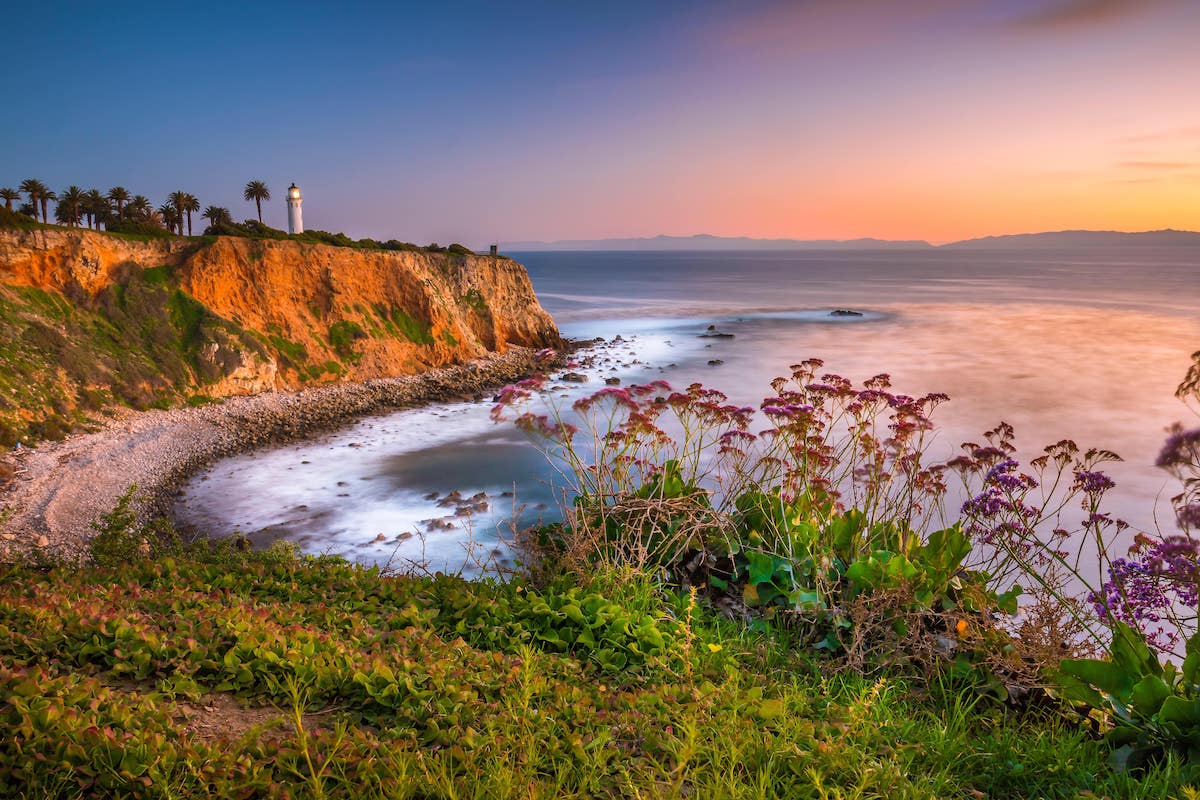
If you’re fortunate enough to live near the sea, try photographing sea coasts! A tropical beach paradise or a rugged coastal scene is always a superb subject.
Go for a walk along the shore to scout the perfect location. Look for elements that evoke strong emotions in you, and they will convey for your viewers too.
Stay mindful of the sand and protect your camera!
2. Forests
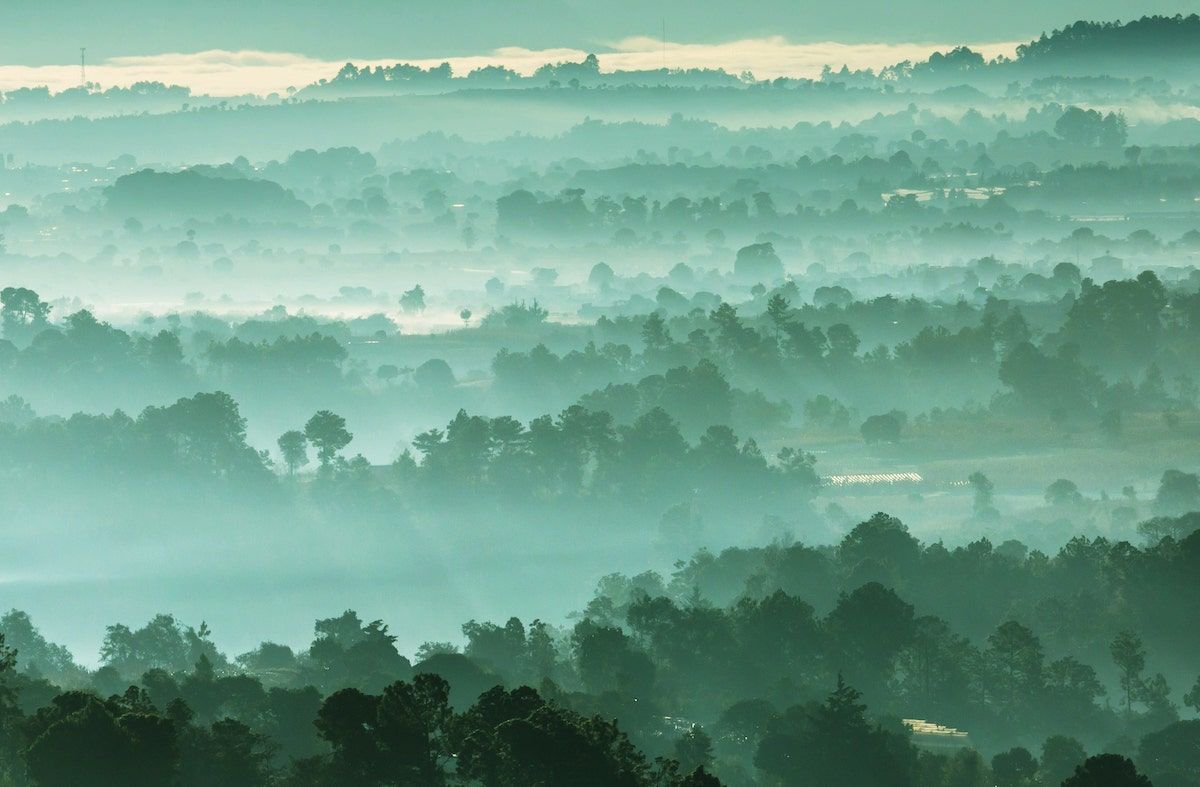
Forests can be lush and full of life or loom menacingly. Either way, they make incredible landscape photos!
To create a forest landscape, find a point of interest to highlight. This could be the texture of a tree trunk or a poppy blooming in the grass. Lead your viewers' eyes to these with your composition. The woods present perfect opportunities to explore creative framing, symmetry, or leading lines.
Pay mind to the way light hits the canopy and the shadows it casts too. Make the forest come alive with your pictures.
3. Plains and prairies
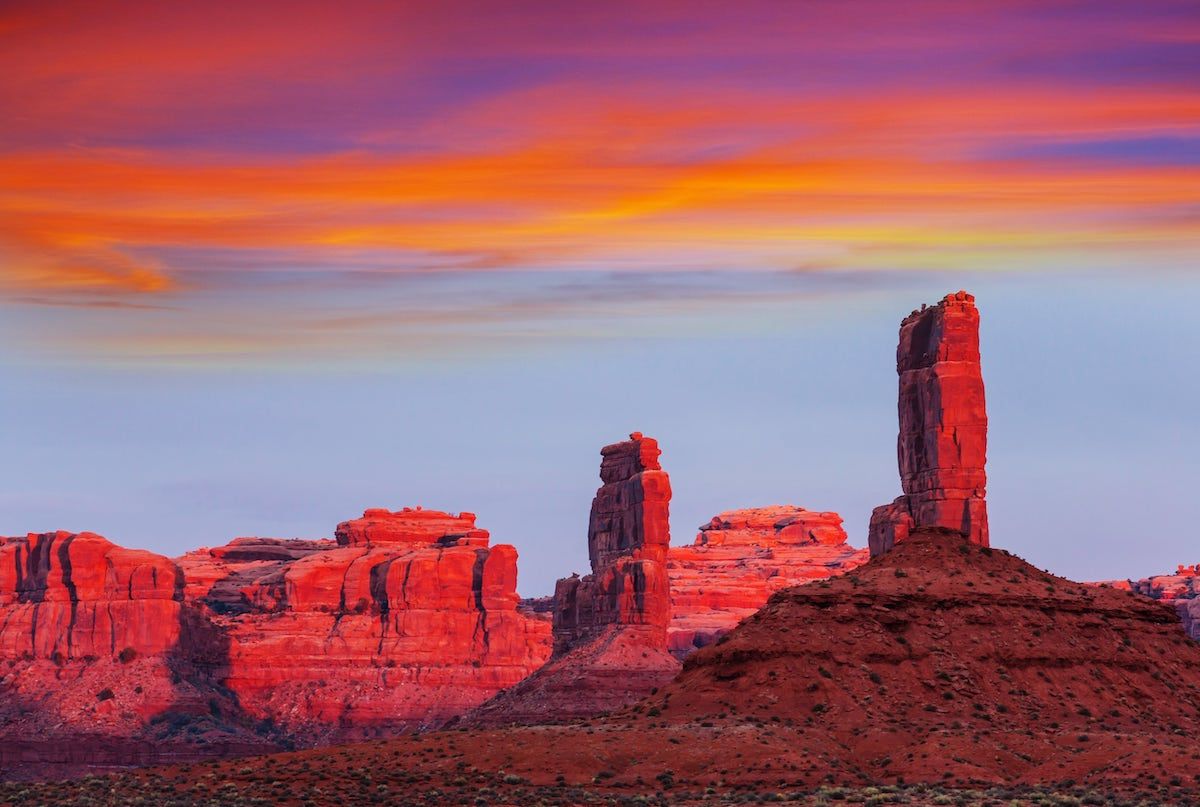
Plains and prairies are notoriously difficult to shoot. What are the viewers supposed to focus on? What will capture their attention?
The worst landscape photos are the boring ones. To avoid viewers’ eyes wandering aimlessly, you need to find elements that stand out. These will also show the scale of the open space you’re trying to capture. A lone tree or a winding road can be a great focal point that provides context.
7 Effective tips to shoot stunning landscapes
You found the perfect location. You take a couple of test shots. Did they come out plain? Do they really capture the beauty you see before you?
The following seven tips will help convey your view to the audience. Improve your landscape photography with the following tips:
1. Maximize depth of field
Maximize your photo’s depth of field by changing your aperture setting to f/16 or even smaller. Adjust your shutter speed to compensate for not having enough light hitting the sensor. This will increase your depth of field and ensure that the whole image stays in focus.
Landscape photography usually works with a deep DOF. This results in a crisp image with rich details. In subgenres like portrait photography, a small or shallow depth of field is optimal.
2. Use a tripod for steady shots
If you follow the previous tip, you might find it challenging to capture crystal clear images with a longer exposure. Landscape photography is often more static than dynamic. Using a tripod will ensure that your shots stay steady and your landscape stays in focus.
Choose a light, portable model to make location scouting and transport easier.
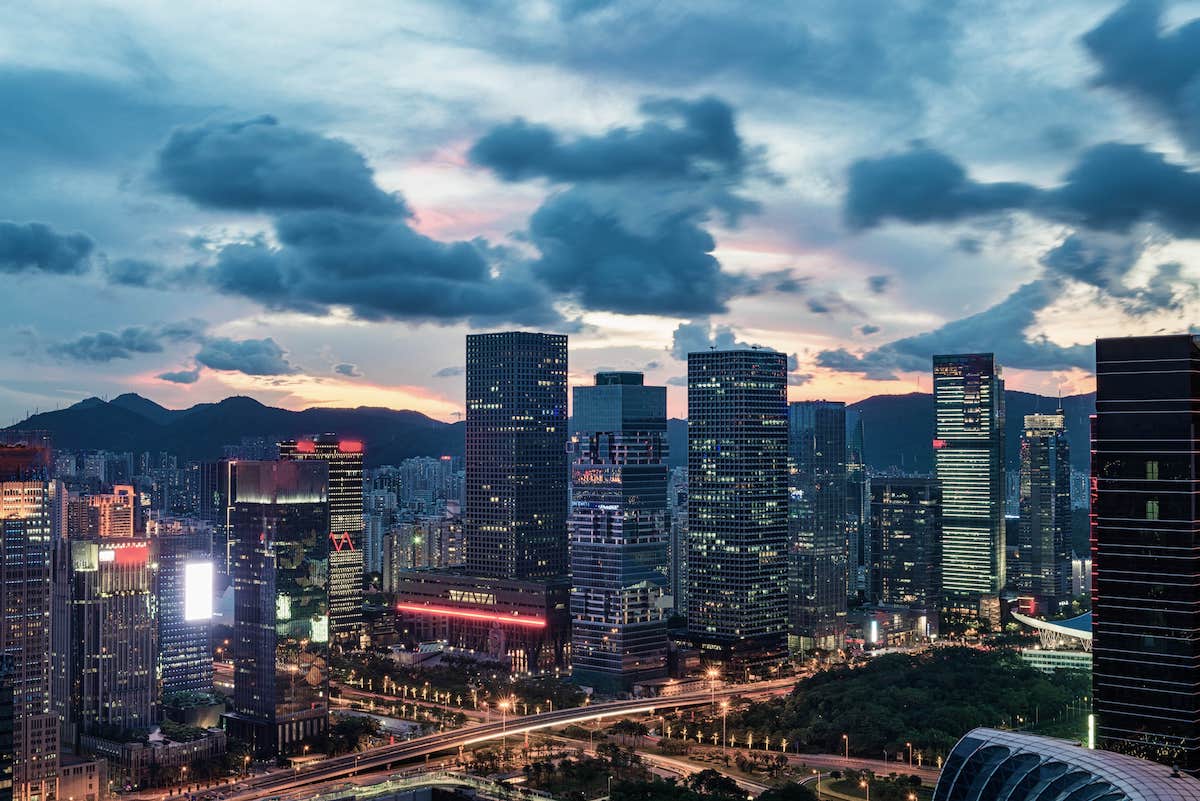
3. Use interesting foregrounds
Photographing a gorgeous tree head-on can make a good photo. However, the most interesting landscapes often have three prominent layers featured: the foreground, the background, and the main subject.
Use interesting foregrounds to create depth and complexity. Out-of-focus leaves or a blurry field of flowers work great, for example!
From a technical aspect, using a small aperture will take care of creating depth. With an aperture of f/16, you only need to worry about the composition.
4. Use lines to lead the viewer’s eye
Leading lines work stunningly with landscapes since they’re usually a wider shot featuring lots of different elements. They direct your viewer’s attention towards a subject and create visually complex images.
Get creative with your leading lines! You can utilize roads or train tracks, rivers, or sometimes even the natural grain in the wood. Experiment with your positioning and align the lines to lead to a point of interest in your photo.
5. Take advantage of the rules of composition
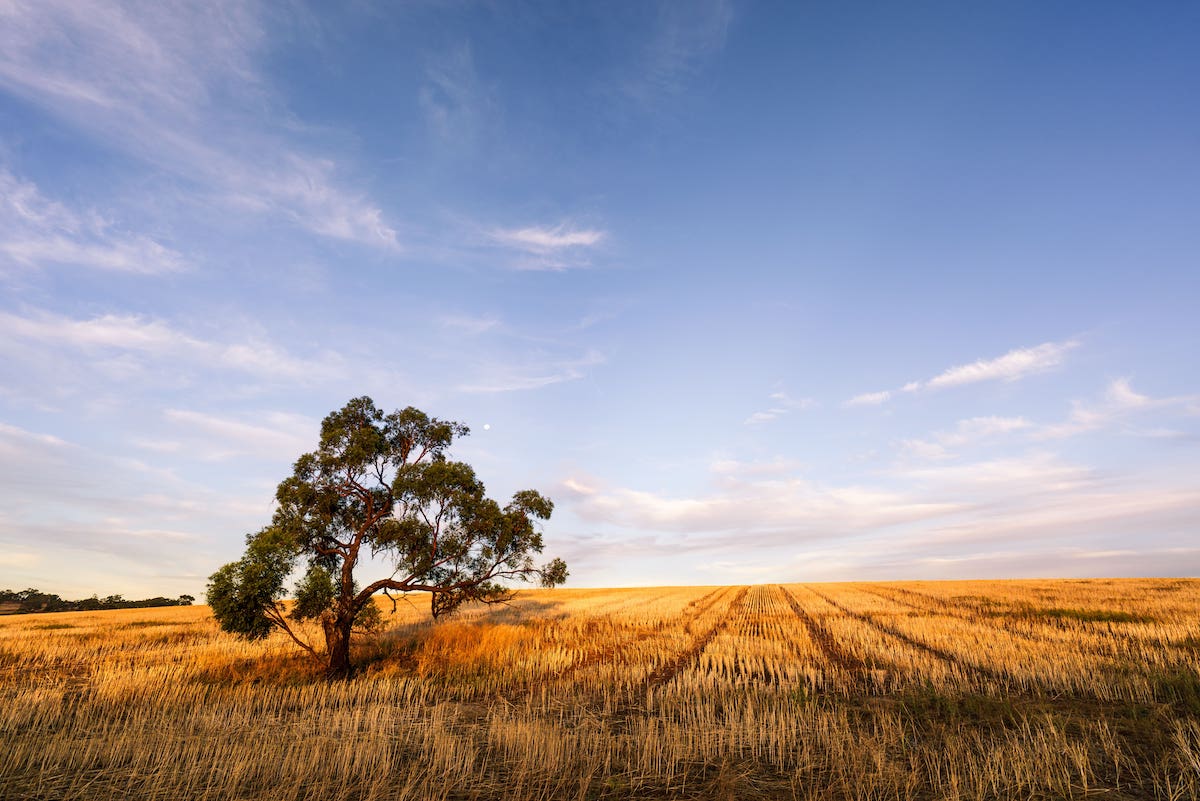
Photography basics like the rules of composition existed for decades for a reason. While most rules are meant to be broken, these are an excellent starting point for any aspiring photographer to get the hang of the basics.
Experiment with using negative space to create captivating, minimalistic photos. This works especially well with landscapes! Use the rule of thirds for inspiration on your framing. Create depth by incorporating the foreground in the picture too, as mentioned earlier. Look for symmetry!
Once you've mastered the rules of composition, try breaking one or more in aesthetically pleasing ways.
6. Use a long shutter speed to capture movement
If you’re a bit more adventurous, try setting your camera to an even longer shutter speed to create a blur effect of moving elements, like a stream through a forest. Two to three seconds work well and add a unique touch to your image.
This way, you’ll bring your image to life and allow the viewer to immerse themselves. Moving water, trees rustling in strong winds, or potentially even wildlife can provide this desired movement.
7. Photograph during golden hour
If you’ve experimented with any type of outdoor photography before, you noticed that the time of day greatly affects the outcome. A location photographed in the early morning sunshine will drastically differ from an afternoon or nighttime shot of the same spot.
Golden hour isn’t just for gorgeous selfies! Photograph landscapes at dusk or dawn to work with the gorgeous warm light and let it create interesting shadows and patterns.

Next: The 15 Best lenses for landscape photography
Grab your camera and head out to shoot stunning landscape photos!
Still looking for gear? Explore the 15 best lenses for landscape photography to achieve stunning effects and get the best possible outcome.
What is landscape photography?
Landscape photography is a nature photography subgenre that focuses on capturing the beauty of our environment.
What lens is best for landscape photography?
Sharp lenses with great low-light performance and generous zoom are the best for landscape photography. There are many excellent options, like the Sony E 10-18mm f/4 OSS or the Leica SL 24-90mm f/2.8-4.
Where should I focus in landscape photography?
Landscape photography usually works with a deep depth of field. Take shots with a small aperture to keep all details in sharp focus. Find a main subject and make that your focus point.
What are the 5 types of landscape photography?
The 5 main types of landscape photography include seascapes, mountains, forests, impressionists and representational landscapes.





















